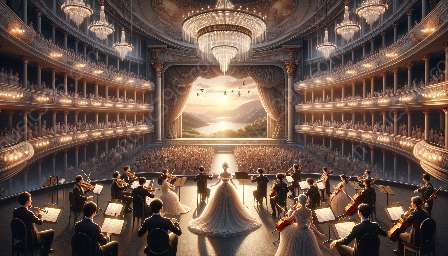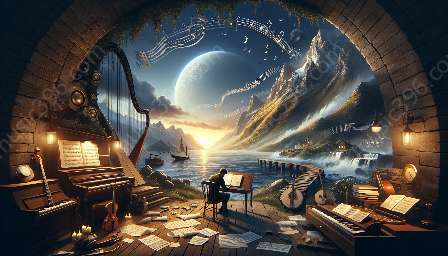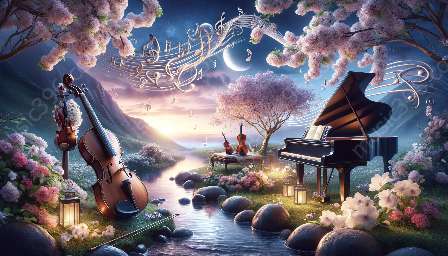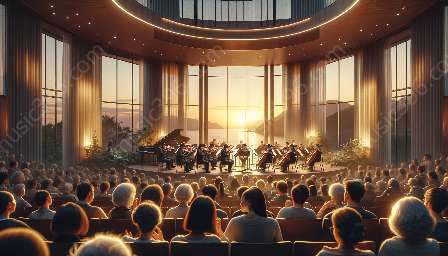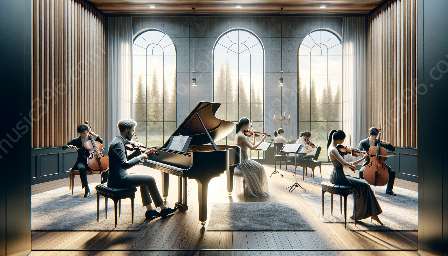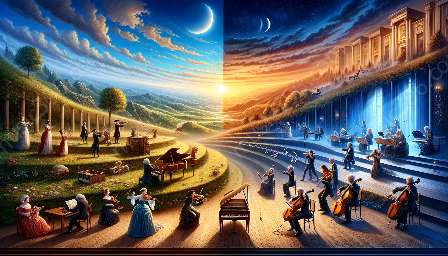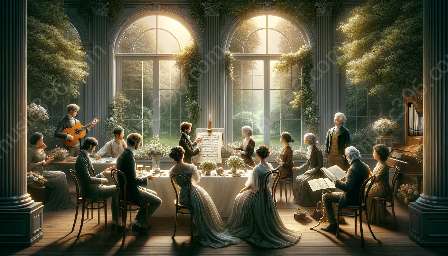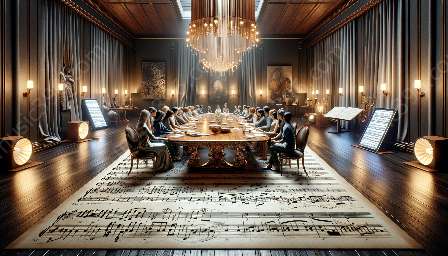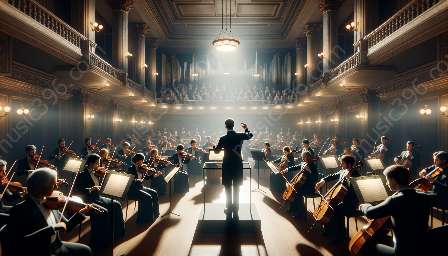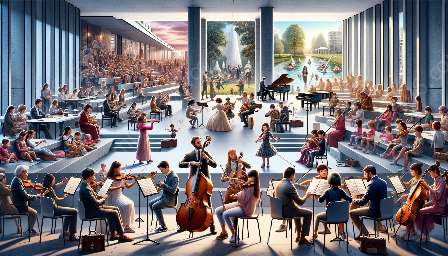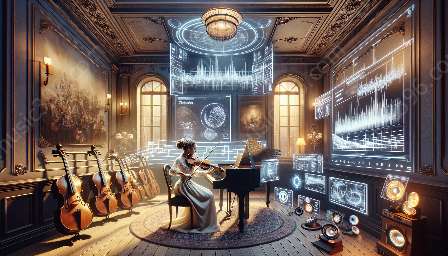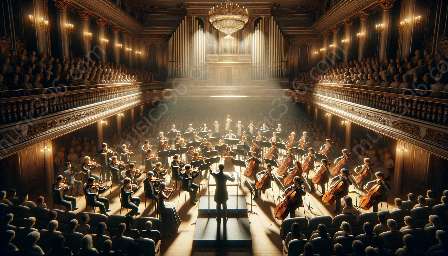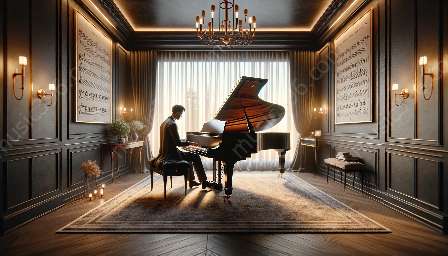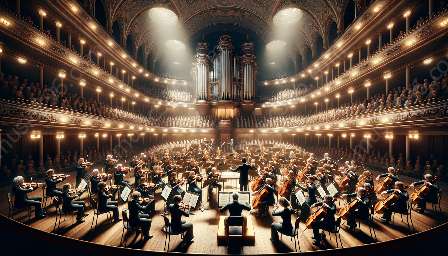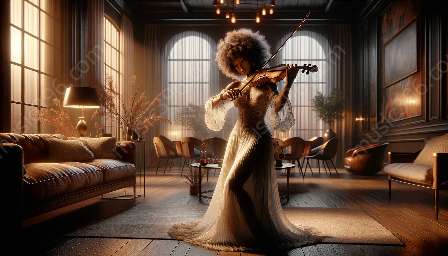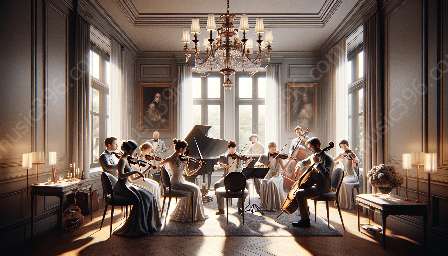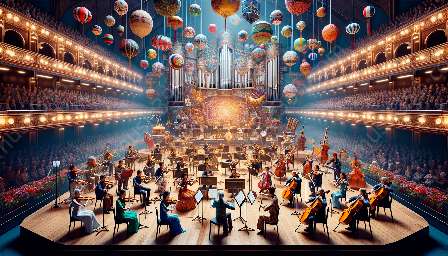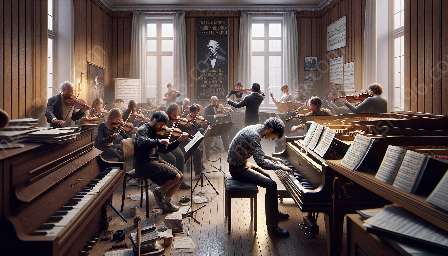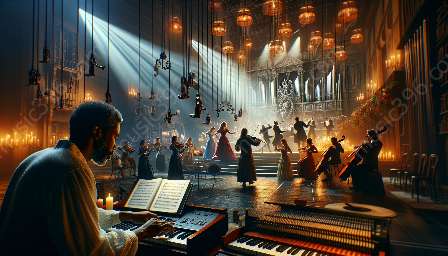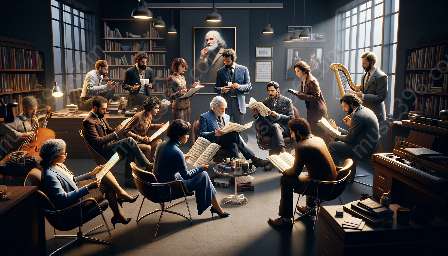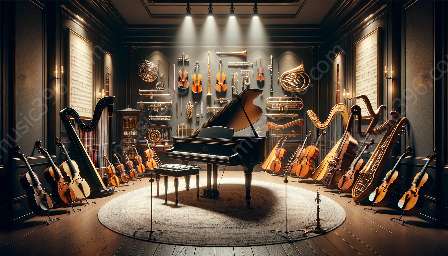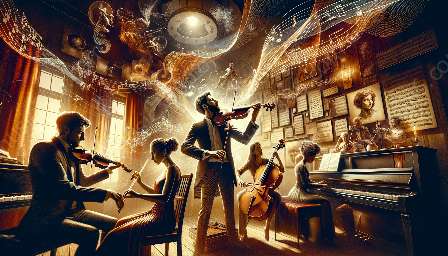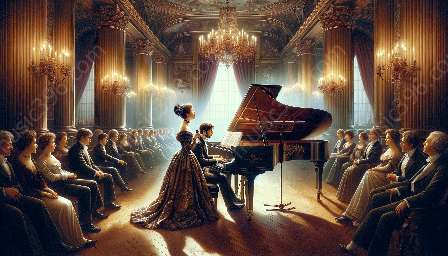The harpsichord is a staple instrument in classical music, known for its unique sound and historical significance. Understanding the essential techniques for playing this instrument is crucial for any aspiring musician or enthusiast. In this comprehensive guide, we will explore the history of the harpsichord, its role in classical music, and the fundamental techniques required to master this captivating instrument.
History of the Harpsichord
The harpsichord has a rich history that dates back to the late Middle Ages and Renaissance periods. It was a popular instrument during the Baroque era and played a significant role in the development of classical music. The harpsichord's distinctive sound and versatility made it an essential component of both solo and ensemble compositions.
Significance in Classical Music
The harpsichord holds a significant place in classical music, particularly in Baroque compositions. It was often used as a continuo instrument, providing harmonic support and embellishments in vocal and instrumental works. Composers such as Johann Sebastian Bach, Antonio Vivaldi, and Domenico Scarlatti extensively utilized the harpsichord in their compositions, showcasing its versatility and expressive capabilities.
Basic Techniques for Playing the Harpsichord
To master the harpsichord, musicians must develop proficiency in several fundamental techniques:
- Finger Technique: The harpsichord requires precise and agile finger movements to produce clear and articulate sounds. Proper finger positioning and independence are essential for executing intricate passages with accuracy and control.
- Articulation and Touch: Understanding the nuances of articulation and touch is crucial for shaping musical phrases on the harpsichord. Musicians must explore various touch techniques, such as staccato, legato, and ornamentation, to convey the expressive qualities of the music.
- Registration and Coupling: The harpsichord often features multiple sets of strings or registers, each producing distinct timbres. Learning how to utilize registration and coupling effectively allows musicians to create dynamic contrasts and tonal variety in their performances.
- Harpsichord Pedal Technique: While the harpsichord does not have sustain pedals like the piano, pedal techniques involving the knee levers or hand stops are essential for controlling dampers and altering the instrument's timbre in real-time.
Advanced Techniques and Performance Practices
As musicians advance their harpsichord skills, they may explore more advanced techniques and performance practices:
- Figured Bass Realization: Mastering the art of realizing figured bass symbols is fundamental for harpsichordists accompanying vocal or instrumental works. Understanding harmonic progressions and ornamentation enables musicians to improvise and embellish the bass line with creativity.
- Historically Informed Performance: Embracing historically informed performance practices allows harpsichordists to interpret Baroque and early classical repertoire authentically. This approach involves studying period treatises, ornamentation practices, and historical tuning systems to recreate the intended musical styles and aesthetics of the time.
- Expressive Ornamentation: Delving into the intricacies of ornamentation, trills, mordents, and other embellishments enhances the expressive capabilities of harpsichord music. A nuanced understanding of ornamentation adds depth and authenticity to performances, capturing the essence of the Baroque musical language.
Conclusion
The harpsichord, with its rich history and cultural significance, continues to captivate audiences and musicians alike. Mastering the essential techniques for playing the harpsichord opens up a world of expressive possibilities, allowing musicians to interpret classical music with authenticity and artistry. By embracing the instrument's unique characteristics and historical context, harpsichordists can bring forth the timeless beauty of classical music, connecting listeners to the profound legacy of this remarkable instrument.

